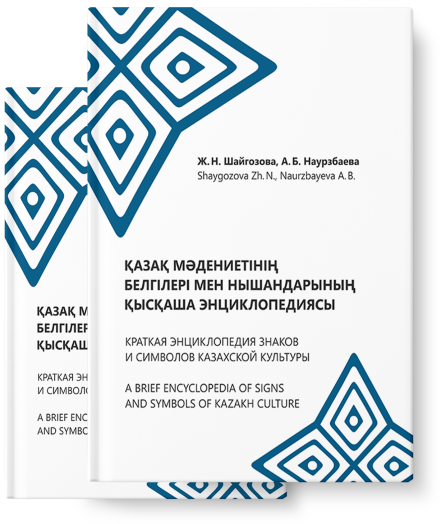
A short encyclopedia of
Signs and symbols of
Kazakh culture

Lapis lazuli, a stone of celestial colour, was particularly revered in the Turkish environment, especially for its colour, the colour of the supreme deity Tengri. Archaeological data prove its wide use: it was used for inlays in earrings, bracelets, belts, breastplates, lapels, etc., in items for men, women and children. Experts on the ancient history of Turkic Mongol peoples refer to it as a “prestigious status stone” that was worn by the wealthy or people of special status, such as shamans, healers, etc.
In Turkic and other cultures, lapis lazuli was associated with benevolent, protective, and fertility-enhancing functions. In Egypt, Babylon, and Assyria, lapis lazuli was considered a precious stone and was used in ritual and ceremonial culture and to decorate sacred buildings. The ancient Egyptians referred to the mineral as the ‘son of heaven,” associated it with the chief god Amon-Ra, and believed that it could be used to communicate with the gods.

